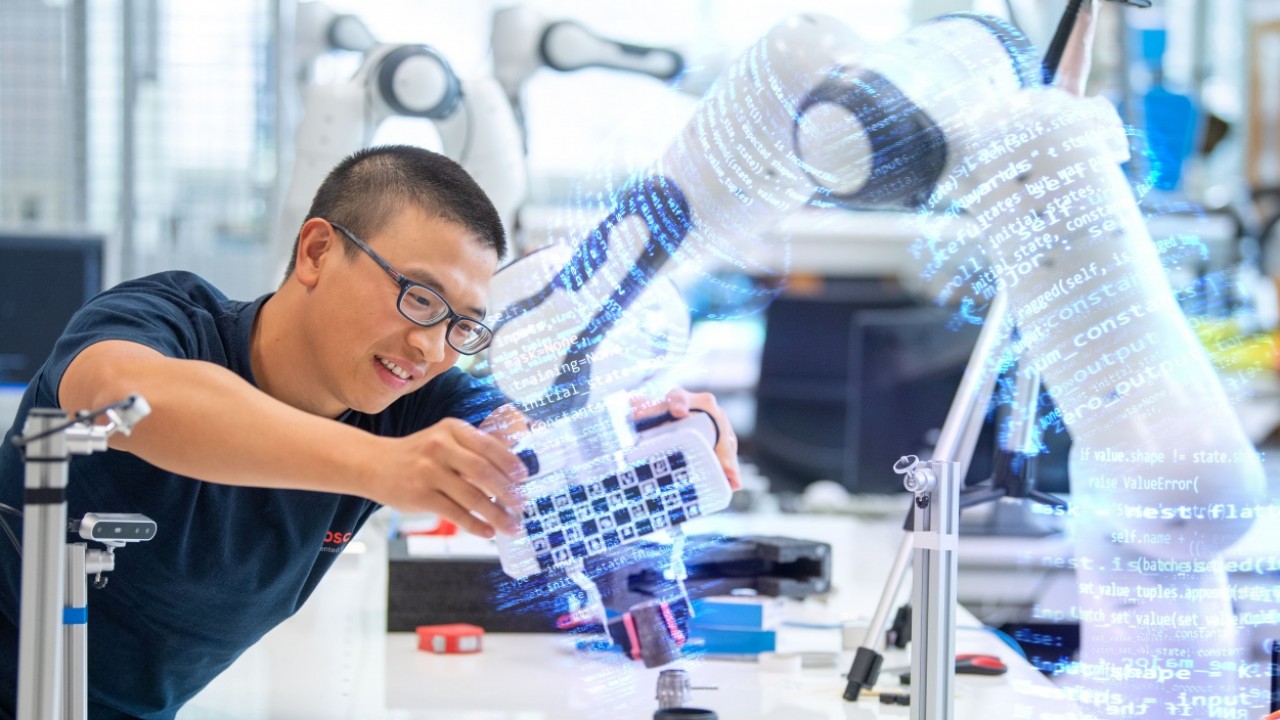

The ability to manage unexpected events and fluctuations in demand is critical, digital platforms help companies to gest exaclty that
Autore: By InnovationOpenLab

Italy is one of the leading countries in manufacturing. That's why talking about Industry 4.0 is not just debating on different forms of industrial innovation. A good part of Italy's competitiveness will come from a real digitalization of manufacturing. From this perspective, 2020 was a watershed experience: manufacturing companies realized that they need to be more "flexible" - in the broadest sense - and that digital can give them a big hand. We've already seen what a good degree of digitalization can do: manufacturing companies who were more advanced in the transposition of digital technology suffered, in 2020, less than those who were behind.
Manufacturing priorities are now clear: improving process efficiency, enhancing demand planning and supply chain management, adopting more modern shop floor platforms (MES, for example) and other enterprise application more or less connected to production (from ERP onwards). Today, the ability to "absorb" unexpected events - not necessarily global emergencies, we hope - and fluctuations in demand is perceived as critical. Digital platforms help in this respect, giving companies the ability to partially predict the future and react quickly to any change.
Nothing new, just that pandemic accelerated any form of Digital Transformation. However, manufacturing faces one more hurdle: IT complexity. Manufacturing companies use more applications than comparable commercial organizations - three times more, on average. These platforms are very specific and, mostly, not originally designed to share operational data. Still, these are the platforms that concretely carry out production and cannot be discarded or “modernized” easily.
Traditionally, production processes are seen as a sequence of discrete steps that can be optimized one by one, aiming at a greater efficiency. But this model is not working anymore. The production chain now appears like an ecosystem of ongoing interactions that can - or should - vary and adapt themselves based on operative conditions or production goals.
A mind change which is not trivial at all and force companies to modify deeply their historically siloed OT-IT systems, in order to be able to gather operational data. Inside the company and, more and more, from supply chain partners too.
Systems integration and data transparency can be hard to obtain from traditional on-premise systems, especially if you have not yet invested in Digital Transformation projects. So many manufacturing companies see the cloud as an easier solution for an "open manufacturing" scenario. Where production and supply chain data can be shared, or federated, in a complete ecosystem of manufacturers, suppliers, customers. Today this is more a vision than a strategy, but the technological building blocks companies need - additive manufacturing, AR/VR, predictive maintenance, AI, simulation tools and so on - are already available.